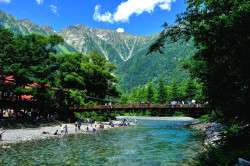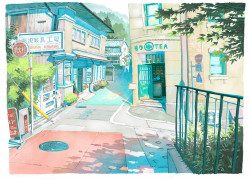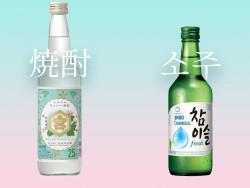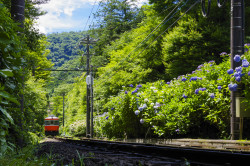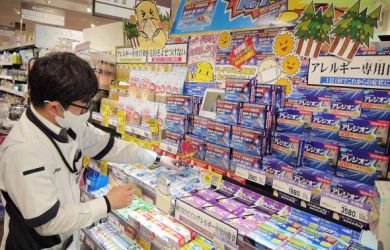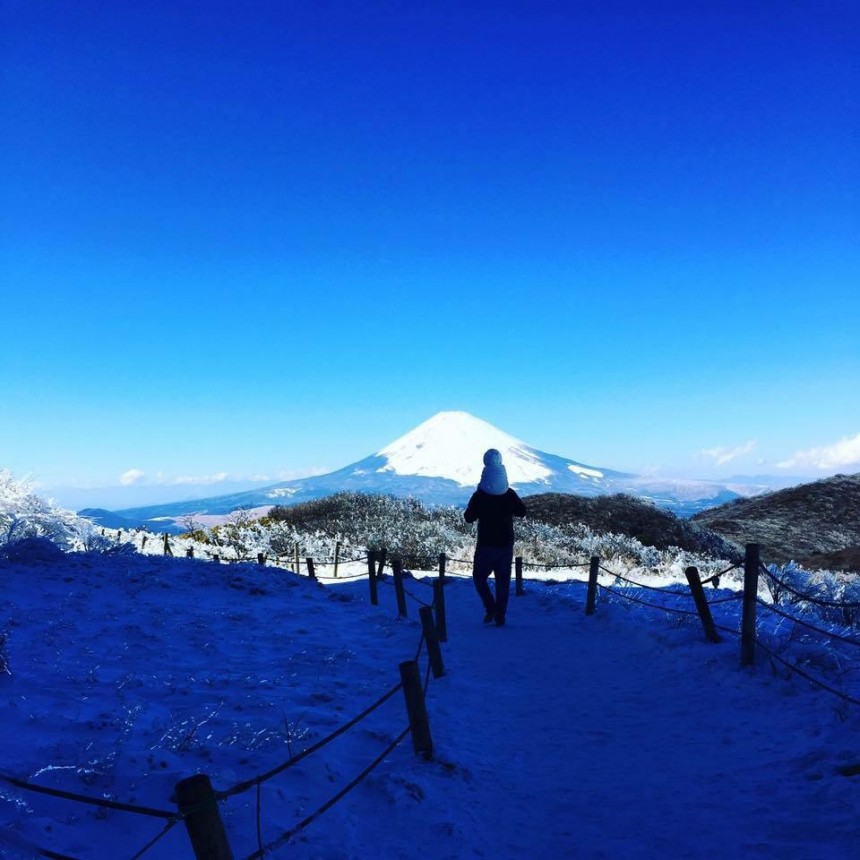
August 2, 2018
Tokyo: The Wonder Years
For one family blogger, childrearing in Japan is a portal to the past
Recently, buzz phrases like “slow living/slow motherhood” and “return to primitive parenting” keep leaping out from my favorite English-language podcasts and blogs. It appears the latest trends seem to yearn for a way of living that harks back to previous generations. It’s all about a slower, safer and more deliberate way of being in the world — especially when it comes to raising children. The problem is the trendsetters behind these movements clearly haven’t lived in Tokyo, the largest, busiest city in the world.
The other day I was sitting in our local park, long past the 5pm chime, and I was loving the fact that it was still so light out and the kiddies were now officially on summer holiday. My three-year-old was pretending that the top of the slide was a Disney parade float and waved at me. My five-year-old was balancing right at the very top of the climbing frame — a climbing frame that would never be allowed in a western country anymore, in case someone decided to sue (a difference that I love about living here, by the way).
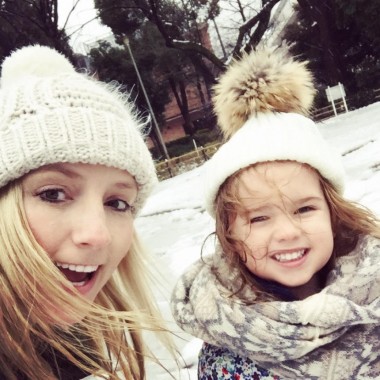
And, as I leaned on the sandpit fence, it dawned on me that our Tokyo life as parents, for several different reasons, could actually mostly … kind of … maybe … slot into that “slow” or “olden days” category of living quite nicely. Well, that’s my interpretation anyway.
I’ve lived in Japan for more than 12 years now and we’ve just hit three-plus years with kids in tow. Having kids, of course, changes everything. I used to pride myself on knowing all of the oshare (fashionable) cafes and places to drink after dinner. Now, the closest change tables and elevators for strollers seem to always spring to mind … but actually, raising children in Tokyo is really working for our little family.
Although this may surprise some, Japan is a little portal into the past, and I don’t see it changing in a hurry. I also think its “old-school” elements are the key that is making our parenting experience turn out so well. I wanted to list some of the reasons Tokyo can be old-school in all the right ways and how these have made ours a spectacular experience for our young family.
Safety and trust
This is one of my favorite parts of living in Japan with children. While I do keep an eye on my children at all times, I feel that I don’t need to worry half as much as I would in other countries I have lived in. I also love the independence it allows my kids, for example, how far ahead of me I can let my little girl walk on our way to the park. She loves it when I wait at the door of our small fruit and veg shop while she wanders up to the counter, alone, to buy apples, grapes and strawberries. Even as a tourist, isn’t it lovely to be able to walk around slowly — taking in the sights without too much concern about being pickpocketed or ripped off along the way? You’d struggle to find a wrong side of town to accidentally stumble upon here.
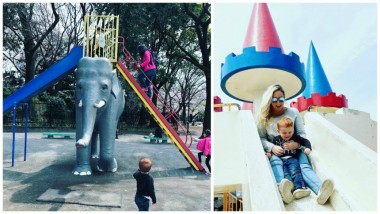
It makes it just that much more fun to explore the city — especially a big and fascinating city like Tokyo, where getting lost could actually lead you to a hidden little set of shops, a cool park or a secret cafe. When I first moved to Japan, as an exchange student, I could barely speak Japanese. If I didn’t know how much something cost, the little old lady at the general store (this was in the countryside) would reach out for my purse and just take out the ¥680 I needed to complete the purchase. Can you imagine how badly that could have gone in some other parts of the world?
Japan, in general, encourages mindfulness and consideration of others
I am delighted that my children are growing up in an environment where they need to think about the bigger picture.
“See that lady practicing her flute at 6:30am in the park? … That’s because she lives in an apartment block and doesn’t want to disturb her neighbours.”
“Why are we slipping off our shoes in the train or taxi?”
“Because our shoes might make the seat dirty and others need to sit here, or, if it gets dirty, the driver is going to have to clean up our mess.”
There is a clear sentiment of “being one person in a community of people” in Tokyo that is far stronger than it is in western cities.
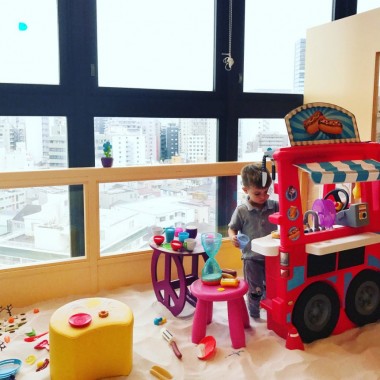
More control over which messages reach little ears
There is a curious aspect about living in a place that speaks a different mother tongue. I love listening to British business woman and podcaster Fiona Barrows. In one of her episodes she talked about a year where she lived in Bali and how refreshing it was to not be able to fully comprehend the media and advertising because everything was in Indonesian, or because the billboards in front of her face were not marketed towards her.
I often think about this byproduct of being an expat in Tokyo — this reprieve from the constant barrage of consumer-directed messages — with my children living here. While I speak Japanese, my kiddies only just started learning and so the signs and many of the commercials leaping out of us on the train or TV just fly right over their little heads. It gives me an increased sense of control in terms of what they are exposed to and what messages they are hearing on a daily basis. I’d love to say that I’m perfect and the kids never see a TV or those awful egg videos on YouTube … but hey … my kids’ brains are definitely not entirely junk-free. Like everyone, we’re just doing our best.

Customer service is old-school in all the right ways
While you may not think that children care much about customer service — they sure will if their meals come out quickly and grownups are able to relax and wait for their own meals. Some family-friendly restaurants provide crayons for children, but not all, so I recommend taking some stickers, small puzzles or coloring books to keep everyone entertained while they wait.
Considering Japan has a non-tipping culture, the customer service standards are like no other.
Staff are attentive when it comes to making sure all customers, including children, have water and are comfortable.
There are also those little convenient extras that Japan does so well with — have you seen the chairs for babies to sit in while mum uses the public restroom? There are also other things that make getting around with children easier, such as the takyubin (express delivery) luggage and parcel delivery services. If I’m in Kyoto and have to catch the train back to Tokyo with the kiddies, I can send our luggage from a station, house or hotel and it will arrive at my home in Tokyo the next day for as little as ¥1,000. I also find Amazon and other delivery/shopping services much faster here than anywhere else. For example, if I order diapers before 6am, they will arrive on the same day.
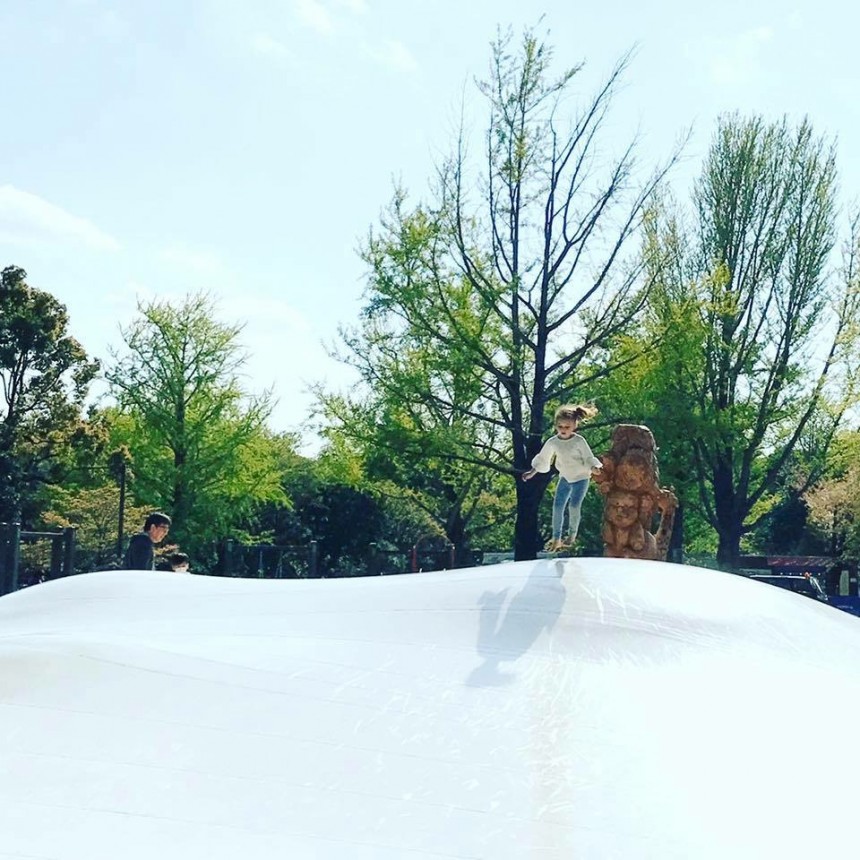
Play and fun are still based on the seasons
Japan has four very distinct seasons and it’s not just the weather that changes. Seasonal foods are celebrated, different festivals are held and the parks magically transform into different colors throughout the year. This may just be a special novelty for me as I’m from Australia and we don’t really get seasons, but it is nonetheless something everyone can enjoy. Here are some examples of my kids enjoying each of season in Tokyo:
Fall: The leaves are amazing. We visit different parks just to make leaf mountains.
Winter: The city is all Christmas-y and end-of-year illuminations are found all over the city. This is also the best time of year to spot Mt. Fuji.
Spring: Spring is when we all turn into flower-obsessed crazies. Japan really knows how to show off their flowers.
Summer: Many of the parks have free splash pads and fountains for kids to play in. It is also hanabi (fireworks festival) and matsuri (summer festival) season.
Park time
A concern of mine when moving to Tokyo with children was that the kids wouldn’t have access to much nature. Yet Tokyo has blown me away with the options of gigantic leafy parks and everyone who knows me has heard all about my obsession with Japanese retro playgrounds. They are unlike anything I’ve ever seen — and I assume that it is because there are less people with backyards in the city, so the park can also be considered as an extension of the family garden.

Three of my favorite big parks just outside of the city:
- Showa Kinen Park
- Kodomo no Kuni
- Hitachi Seaside Park
My favorite retro playgrounds in Tokyo:
- Robot Park, Roppongi
- Tyre Park, Ota-ku
- Dinosaur Park, Shinagawa
- Devil (Oni) Park, Tachikawa
- Asukayama Park, Kita
Cleanliness
You only need to arrive at the airport to see how Japan is just so beautifully clean. Almost every restaurant hands out oshibori (wet hand towelettes) and the whole shoes off for stepping indoors also promotes cleanliness too. You will also really appreciate just how beautiful the baby feeding and changing rooms are, particularly within large department stores.
The play centers and changing rooms at department stores deserve special mention in the discussion of cleanliness. I’ve found the cleanest inner-city play center is Shibuya Playground 4 Kids, which is, perhaps unsurprisingly, my favorite. For a little bit of out-of-town indoor play we love AsoMix inside Lalaport, Ebina, and Keio Asobi no Mori Hug Hug, in Hino (just opened March 2018).
The convenience stores have fresh food and
the vending machines all work
I can get fresh or ready chopped fruit, cheese sticks, juice boxes or small cartons of milk and even boiled eggs for the kids anytime of the day. Additionally, every convenience store has a wide range of rice balls made with seasonal ingredients. Vending machines are everywhere here. My kiddies love using these — even when the drink is not for themselves. It must be all those flashing buttons. Vending machines serve both hot and cold drinks so make sure you try a hot cocoa or coffee.
I’m so delighted that these are the days that, when strung together in small and slow fragments, are going to be some of my babies’ first memories. So, as I’ve said, Japan is not perfect — but this Tokyo version of slow/old-school parenting is working for us right now.
